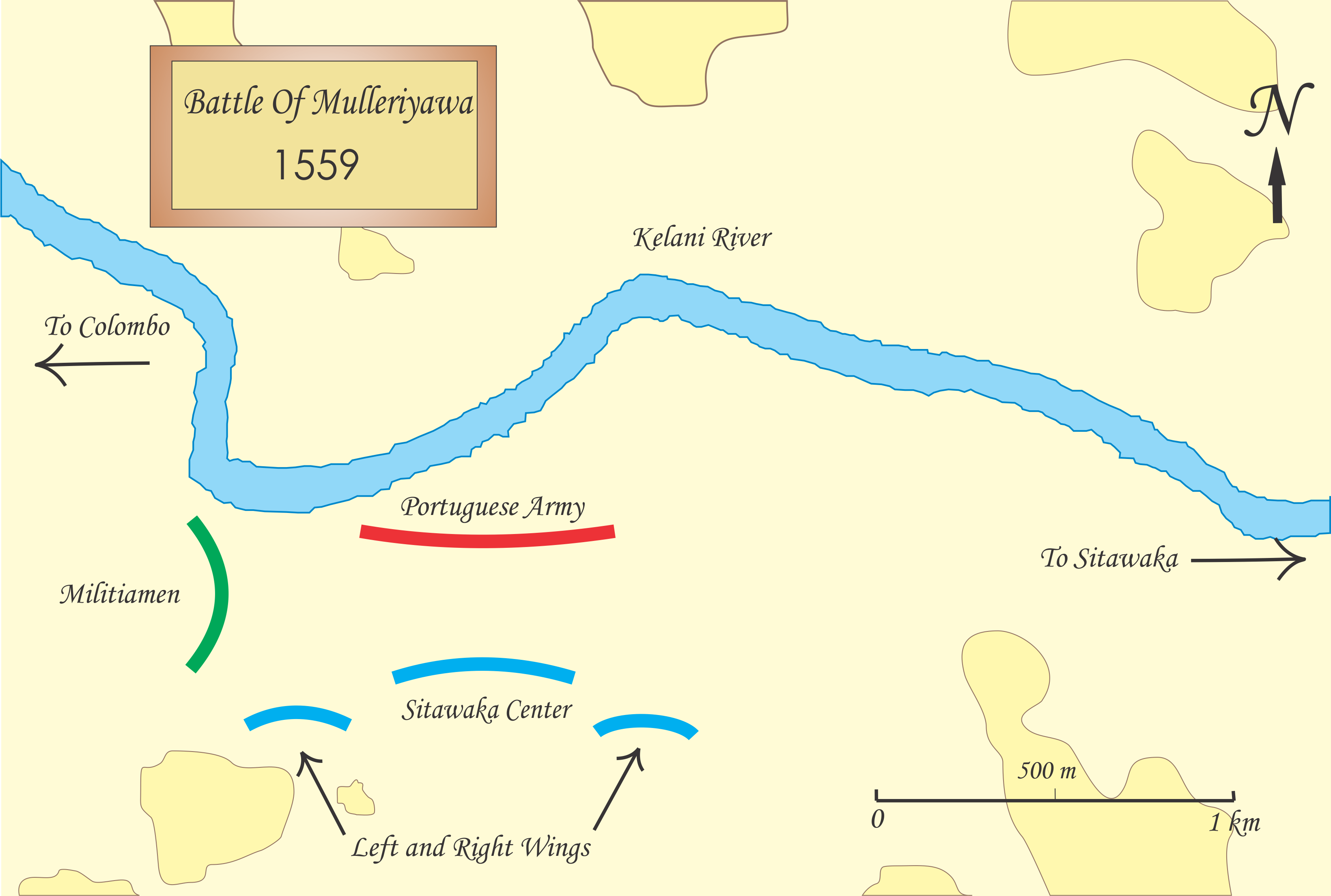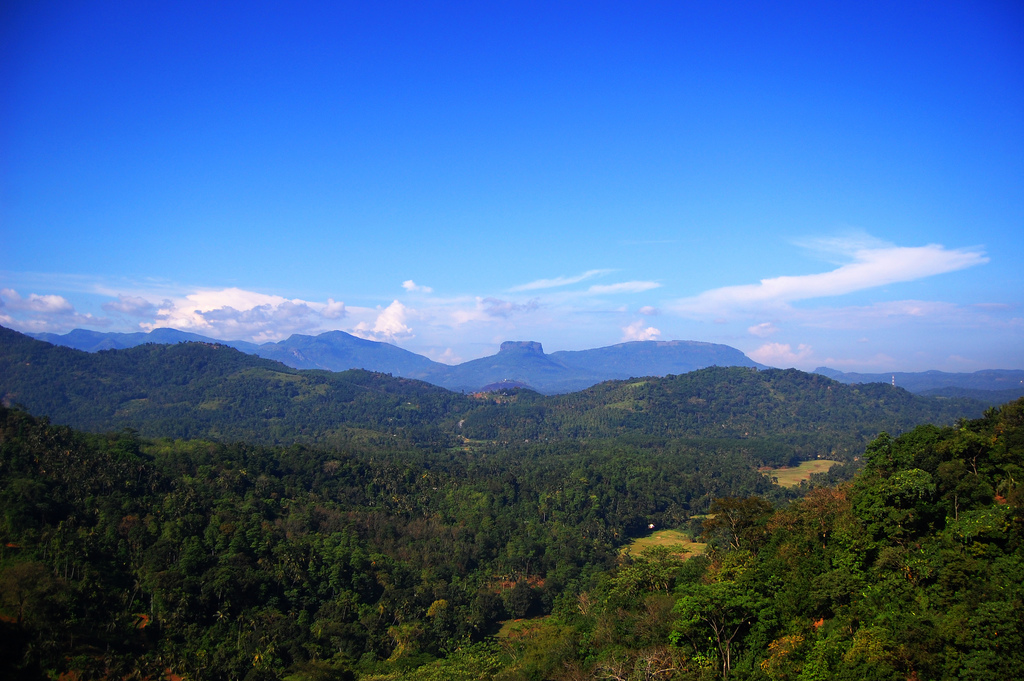|
Beira Lake
Beira Lake (/bˈɐjɾɐ/; Sinhalese: බේරේ වැව, translit. ''Bērē væva''; Tami: பேரே ஏரி, translit. ''Pērē ēri'') is a lake in the centre of the city of Colombo in Sri Lanka. The lake is surrounded by many large businesses in the city. It initially occupied approximately of land 100 years ago and this has since been reduced to today due to various reasons. During the colonial era of the Portuguese, Dutch and the English the lake was used for a wide variety of purposes. It still retains its Portuguese name. It is connected to many intricate canals which provided an easy way of transporting goods within the city and suburban cities. Etymology The derivation of the name is uncertain, yet it was as recent as 1927 that 'Beira Lake' first appeared on maps. Before that, it was called the '''Colombo Lake''' or just '''The Lake'''. One idea is that it got its name from a Portuguese Engineer called '''Beira''' who worked in constructing the lake or from ... [...More Info...] [...Related Items...] OR: [Wikipedia] [Google] [Baidu] |
World Trade Center (Colombo)
The World Trade Center (also known as WTC Colombo or WTCC) ( si, ලෝක වෙළෙඳ මධ්යස්ථානය, translit=Lōka Veḷen̆da Madhyasthānaya; ta, உலக வர்த்தக மையம், translit=Ulaka Varttaka Maiyam) is a twin building in Colombo, Sri Lanka. The 39-storey towers are built over a 4-storey retail podium, and thus each tower has a total floor count of 43. WTCC is owned and managed by Overseas Realty Ceylon PLC (ORCPLC). History The WTCC was the vision of Singaporean, Shing Pee Tao, the founder of Shing Kwan Group, a commodities, shipping and real estate company. Tao acquired ORCPLC, a listed company on the Colombo Stock Exchange, which owned the undeveloped site at Echelon Square, Colombo. Formal planning approval was granted in January 1992 and groundbreaking took place in September. The building was constructed using pre-fabricated pre-cast concrete panels for the outer walls, columns and beam structures. The panels were ... [...More Info...] [...Related Items...] OR: [Wikipedia] [Google] [Baidu] |
Mount Of St
Mount is often used as part of the name of specific mountains, e.g. Mount Everest. Mount or Mounts may also refer to: Places * Mount, Cornwall, a village in Warleggan parish, England * Mount, Perranzabuloe, a hamlet in Perranzabuloe parish, Cornwall, England * Mounts, Indiana, a community in Gibson County, Indiana, United States People * Mount (surname) * William L. Mounts (1862–1929), American lawyer and politician Computing and software * Mount (computing), the process of making a file system accessible * Mount (Unix), the utility in Unix-like operating systems which mounts file systems Displays and equipment * Mount, a fixed point for attaching equipment, such as a hardpoint on an airframe * Mounting board, in picture framing * Mount, a hanging scroll for mounting paintings * Mount, to display an item on a heavy backing such as foamcore, e.g.: ** To pin a biological specimen, on a heavy backing in a stretched stable position for ease of dissection or display ** To p ... [...More Info...] [...Related Items...] OR: [Wikipedia] [Google] [Baidu] |
Portuguese India
The State of India ( pt, Estado da Índia), also referred as the Portuguese State of India (''Estado Português da Índia'', EPI) or simply Portuguese India (), was a state of the Portuguese Empire founded six years after the discovery of a sea route to the Indian subcontinent by Vasco da Gama, a subject of the Kingdom of Portugal. The capital of Portuguese India served as the governing centre of a string of military forts and trade posts scattered all over the Indian Ocean. The first viceroy, Francisco de Almeida established his base of operations at Fort Manuel, after the Kingdom of Cochin negotiated to become a protectorate of Portugal in 1505. With the Portuguese conquest of Goa from the Bijapur Sultanate in 1510, Goa became the major anchorage for the Portuguese Armadas arriving in India. The capital of the viceroyalty was transferred from Cochin in the Malabar region to Goa in 1530. From 1535, Mumbai (Bombay) was a harbour of Portuguese India as '' Bom Bahia'', unt ... [...More Info...] [...Related Items...] OR: [Wikipedia] [Google] [Baidu] |
Canal
Canals or artificial waterways are waterways or engineered channels built for drainage management (e.g. flood control and irrigation) or for conveyancing water transport vehicles (e.g. water taxi). They carry free, calm surface flow under atmospheric pressure, and can be thought of as artificial rivers. In most cases, a canal has a series of dams and locks that create reservoirs of low speed current flow. These reservoirs are referred to as ''slack water levels'', often just called ''levels''. A canal can be called a ''navigation canal'' when it parallels a natural river and shares part of the latter's discharges and drainage basin, and leverages its resources by building dams and locks to increase and lengthen its stretches of slack water levels while staying in its valley. A canal can cut across a drainage divide atop a ridge, generally requiring an external water source above the highest elevation. The best-known example of such a canal is the Panama Canal. Many ... [...More Info...] [...Related Items...] OR: [Wikipedia] [Google] [Baidu] |
Crocodile
Crocodiles (family (biology), family Crocodylidae) or true crocodiles are large semiaquatic reptiles that live throughout the tropics in Africa, Asia, the Americas and Australia. The term crocodile is sometimes used even more loosely to include all extant taxon, extant members of the order (biology), order Crocodilia, which includes the alligators and caimans (family Alligatoridae), the gharial and false gharial (family Gavialidae) among other extinct taxa. Although they appear similar, crocodiles, alligators and the gharial belong to separate biological family (biology), families. The gharial, with its narrow snout, is easier to distinguish, while Morphology (biology), morphological differences are more difficult to spot in crocodiles and alligators. The most obvious external differences are visible in the head, with crocodiles having narrower and longer heads, with a more V-shaped than a U-shaped snout compared to alligators and caimans. Another obvious trait is that the upp ... [...More Info...] [...Related Items...] OR: [Wikipedia] [Google] [Baidu] |
Rajasinha I Of Sitawaka
Rajasinghe I ( Sinhala:පළමුවන රාජසිංහ) was a king of Sitawaka, known for his patriotism and fight against the Portuguese invasion of Sri Lanka. Born as Tikiri Bandara to King Mayadunne, he received the name "Rajasinha" (meaning ''the Lion King'') after the fierce Battle of Mulleriyawa. Ascent to throne Generally, the recorded period of Rajasinha's reign starts from 1581 to 1592. However, as per Portuguese navigator De Queros, Mayadunne had turned the kingdom over to Rajasinha in 1578 before his death in 1581. There are various narratives surrounding Rajasinha's role in his father's death. As per Thibbotuwawe Buddharakhitha's Mahawamsa(Chapter 4) written during the reign of Kirti Sri Rajasinha of Kandy, Rajasinha killed him. Minor Rajawaliya wrote that his patricide was considered an irreversible anantharya karma by Buddhist monks, so conflicts arose between him and the monks. As a result, he followed an anti-Buddhist line. However, others believe t ... [...More Info...] [...Related Items...] OR: [Wikipedia] [Google] [Baidu] |
Kingdom Of Sitawaka
The Kingdom of Sitawaka ( si, සීතාවක, ta, சீீீதாவாக்கை இராசதானி) was a kingdom located in south-central Sri Lanka. It emerged from the division of the Kingdom of Kotte following the Spoiling of Vijayabahu in 1521. Over the course of the next seventy years it came to dominate much of the island. Sitawaka also offered fierce resistance to the Portuguese, who had arrived on the island in 1505. Despite its military successes, Sitawaka remained unstable, having to contend with repeated uprisings in its restive Kandyan territories, as well as a wide-ranging and often devastating conflict with the Portuguese. Sitawaka disintegrated soon after the death of its last king Rajasimha I in 1593. History Foundation The Kingdom of Kotte had been the major power in western Sri Lanka since its foundation in the early 15th century; under Parakaramabahu VI, the polity has been the last to unite the entirety of the island of Sri Lanka under ... [...More Info...] [...Related Items...] OR: [Wikipedia] [Google] [Baidu] |
Mayadunne Of Sitawaka
Mayadunne ( si, මායාදුන්නේ) (1501–1581) was the King of Sitawaka, ruled the kingdom between 1521 and 1581. Mayadunne was a fierce opponent of the Portuguese, who had arrived on the island in 1505. He devoted his early life to oust his father and his whole life afterwards attempting to oust his brother Bhuvanekabahu VII, the king of Kotte and thereby preserve the independence of the island, which was being undermined by the Portuguese intrigue. He constantly invaded the territory of Bhuvanekabahu of Kotte. Early life Mayadunne was born in 1501 in Kotte of the Kingdom of Kotte. He was the son of Vijayabahu VII who reigned as king from 1509 to 1521. Mayadunne was the youngest child born to Vijaya Bahu VII and his main Queen. He had two full brothers, Bhuvanekabahu and Raigama Bandara. Bhuvanekabahu who was also king of Kotte from 1521 to 1551. Wijayaba Kollaya In 1521 together with his two full brothers Bhuvanekabahu and Raigama Bandara, who were born ... [...More Info...] [...Related Items...] OR: [Wikipedia] [Google] [Baidu] |
Fernão De Queyroz
Fernão is a municipality in the state of São Paulo in Brazil Brazil ( pt, Brasil; ), officially the Federative Republic of Brazil (Portuguese: ), is the largest country in both South America and Latin America. At and with over 217 million people, Brazil is the world's fifth-largest country by area .... The population is 1,727 (2020 est.) in an area of 101 km². The elevation is 558 m. References Municipalities in São Paulo (state) {{SaoPauloState-geo-stub ... [...More Info...] [...Related Items...] OR: [Wikipedia] [Google] [Baidu] |
Conquista Temporale Espiritual De Ceylão
Spain began colonizing the Americas under the Crown of Castile and was spearheaded by the Spanish . The Americas were invaded and incorporated into the Spanish Empire, with the exception of Brazil, British America, and some small regions of South America and the Caribbean. The crown created civil and religious structures to administer the vast territory. The main motivations for colonial expansion were profit through resource extraction and the spread of Catholicism by converting indigenous peoples. Beginning with Columbus's first voyage to the Caribbean and gaining control over more territory for over three centuries, the Spanish Empire would expand across the Caribbean Islands, half of South America, most of Central America and much of North America. It is estimated that during the colonial period (1492–1832), a total of 1.86 million Spaniards settled in the Americas, and a further 3.5 million immigrated during the post-colonial era (1850–1950); the estimate ... [...More Info...] [...Related Items...] OR: [Wikipedia] [Google] [Baidu] |





.png)